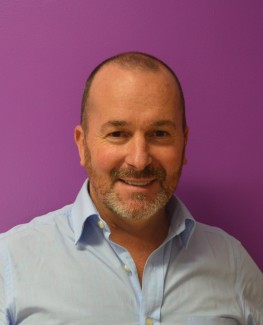Southern Cross Central Lakes Hospital - General Surgery
Description
Located in Queenstown, Southern Cross Central Lakes Hospital provides patients in the Central Lakes region with greater access to quality elective surgery closer to home.
Southern Cross Central Lakes Hospital, is a joint venture partnership between Central Lakes Trust and Southern Cross Healthcare, whose shared purpose is to support the health and wellbeing of communities in the region.
The facility began operating in early 2022, and includes 3 operating theatres and 13 inpatient beds, each with its own ensuite facilities.
Hospital services are available to both privately and publicly funded patients to support broader access to healthcare in the region. Accident and emergency services are not offered, however the hospital will be providing planned surgery for patients who are eligible for access through ACC.
General Surgery
General surgery is often performed to alleviate suffering when a cure is unlikely through medication alone. This type of surgery is increasingly being carried out by minimally invasive techniques that offer patients less pain, better outcomes and shorter post-operative recovery.
Given the wide range of work undertaken by general surgeons, one of distinguishing features is the range of sub-specialties that lie within it. These procedures include:
- Breast reconstruction
- Colorectal
- Hernia
- Gallbladder removal
- Skin lesions
- Varicose veins





